State of use of AI tax systems
According to incidental reports from IOTA, the Estonian Tax and Customs Board (ETCB) has been experimenting with fraud analytics and machine-learning since 2017.
Based on publicly-available sources, the ETCB uses AI for at least two different use cases.
What functions are performed with AI?
Machine-learning algorithms leveraged by the ECTB carry out two functions:
- Risk detection: the model analyses tax returns to identify under-reported income, the data mining technique used is not specified in publicly available sources The system was developed by MindTitan as a risk detection tool designed to detect under-reported income and so-called ‘under the table wages’ which replaces the former rule-based algorithms with a machine-learning algorithm. The AI system, unlike the former system, updates itself based on historical taxpayer data but also the subsequent inputs of tax officials auditing companies.
- External risk-management (risk-scoring): ‘Tax Behaviour Rating’ (TBR) analyses data provided by a taxpayer and compares it to information submitted by other taxpayers as well as information obtained from public registers. The machine-learning model segments taxpayers into categories of risks, based on historical taxpayer data and information in public registers, to ultimately provide legal persons with a score which provides them with an indication of their individual likelihood to be audited.
An interesting feature of TBR is that its use is open to taxpayers, who can use the model out of their own volition. The results of the analyses are displayed to taxpayers according to a colour code (green to red), which provides taxpayers with an idea of their level of risks/deficiencies compared to other taxpayers.
The system provides two ratings to end-users:
1. tax compliance rating: provides information on whether a company fulfils its tax obligations in a timely manner; wages declared by the company are compared with the average Estonian wages in similar positions.
2. tax behaviour adequacy rating: draws attention to potential inconsistencies in the declaration of taxpayer data to the ECTB.
What data can be processed by these systems?
The data used to train the risk detection model, and the data processed by the model are not specified by the ECTB.
TBR is reportedly based on six data categories: unpaid taxes, tax declarations, tax offences committed by the company, tax proceedings, background of managing directors and average wages. TBR uses general data (name, legal address, principal activity, etc.) data declared to the ETCB (turnover, paid taxes, and number of employees), information about arrears and declarations not submitted, business licenses, licenses for warehouses, and business life cycle.
Are these systems regulated by specific norms?
There is no specific ad hoc legal basis for the use of AI. Yet, §11(2), §59 and following of the Estonian Tax Act provides a general legal basis for the use of risk analyses.


